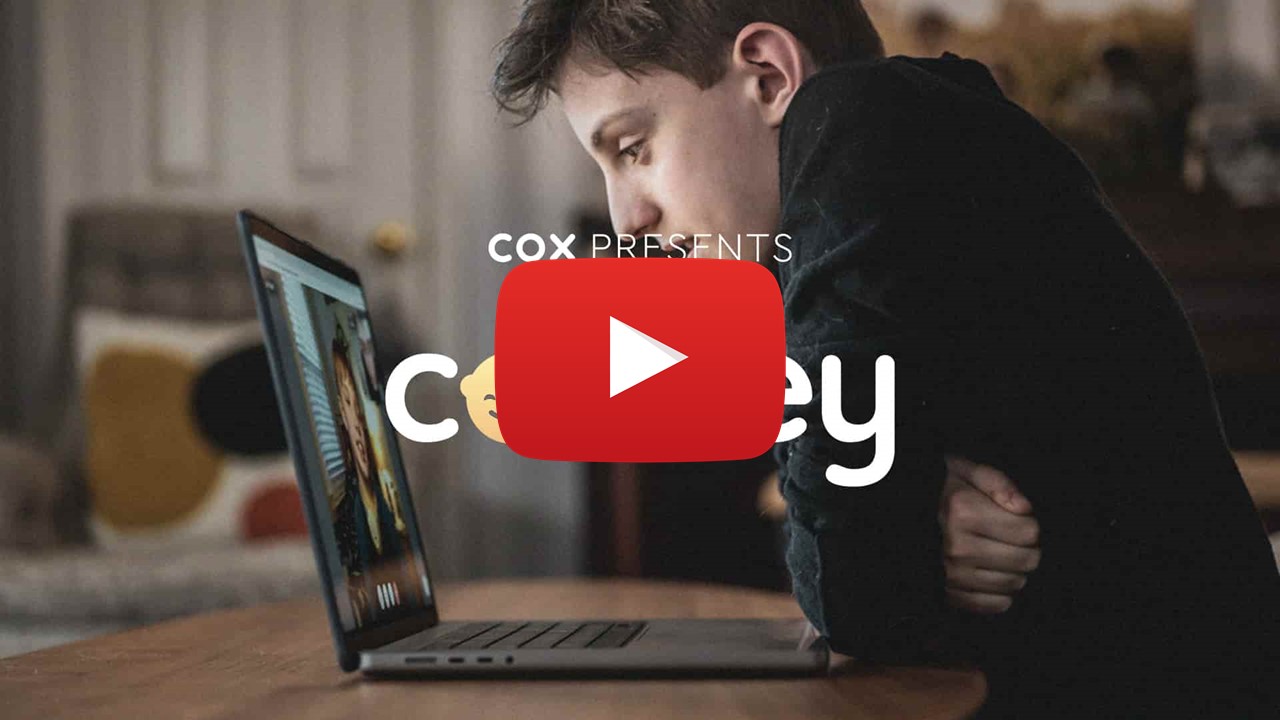April 1, 2022
Video chat, once relegated to teen social media interactions, has become commonplace for work, school, and social connection in this “new normal” that is post-pandemic life. While many have embraced the technology, there are those for whom the medium presents a new challenge.
In Project Convey, we see the story of Jack – a 12-year-old on the autism spectrum, who recently moved and wants to keep in touch with his best friend Grady.
Individuals on the autism spectrum often have difficulty interpreting non-verbal social cues like facial expressions and tone of voice - an issue made even more challenging when there is a screen between them. That's why Cox embarked on Project Convey - a partnered effort to create a video chat prototype that helps people on the spectrum make more meaningful connections online. Using speech and facial recognition technology, the prototype analyzes facial expressions, words, and tone of voice to interpret and assign meaning to video chat interactions, translating them instantly into emoji outputs that individuals on the spectrum can readily understand – emojis that convey meaning.
Cox is releasing all their research and development for the project to the autism community and to video technology companies who can carry on the work. "We see this as just the beginning" said Rachel Negretti, Sr Director of Brand Strategy at Cox. "Our goal was to show that it's possible to make video chat inclusive for individuals on the spectrum. Our hope is that one day every video chat platform out there will have a tool like this or be inspired to create one."
While the technology is just a prototype, and Cox does not own the video chat platforms it would attach to, a spark is there. And a sentiment one hopes will ignite leading up to April's World Autism Month: everyone deserves more meaningful connections.
